Guardians of sky: Iran's indigenous world-class long-range radar systems
By Ivan Kesic
Once wholly reliant on foreign radar technology, Iran has in recent years transformed into a global leader in radar innovation, boasting a robust domestic industry and a fleet of advanced models that safeguard its skies and extend influence across the region.
While Iran’s missile systems have gained global recognition for intercepting cutting-edge American aircraft and deterring Israeli incursions, its equally vital radar systems often remain underappreciated.
Today, Iranian military commanders proudly assert that the Islamic Republic ranks among the top six military radar manufacturers worldwide, establishing its reputation as both a technological pioneer and one of the most self-reliant players in the defense sector.
Before the 1979 Islamic Revolution, Iran was heavily dependent on foreign equipment, imported mainly from the West, which was initially difficult to maintain due to sanctions imposed since 1979.
More difficulties arose later, for example after Germany exported weather radars to Iran, and then refused to upgrade them due to harsher American sanctions.
To overcome such difficulties, Iran decided to develop its own radars and become independent of foreign suppliers, leaving no possibility of depending on anyone for its own national security.
The development of indigenous radar systems is also important because no major supplier provides other countries with up-to-date technology, in order to keep their armed forces a step ahead.
During the 2010s, Iran presented at least 20 long-range radars, compatible with various homegrown air defense systems, and since 2020, more improved and new systems have joined the service.
We list out some of these new-generation radar systems developed by Iran in recent years.
First Iranian radars: Melli & Kashef
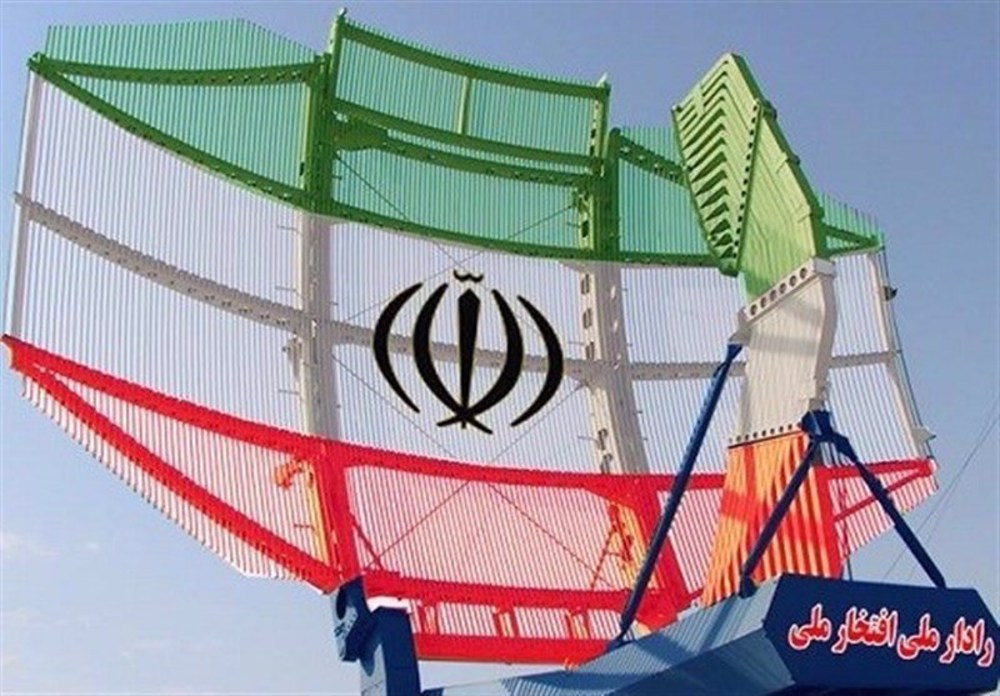
Iran's first domestic radar project was Melli (lit. "National"), completed in 1998 as a simple-to-use radar with a grid-type parabolic reflector and a range of 450 km, easily integrated with existing air defense systems.
Since the Iranian engineers had no design experience, the system was based somewhat on reverse-engineering the older foreign models already in possession, and the acquired expertise in repairing their transmitters, receivers and other components helped a lot.
Several units of this radar were produced and put into operational service in the north, east and west of the country, and used as a long-range early warning system.
The next big step was taken in the 2000s with the development of Kashef-1 or TM-ASR-1, a mobile medium-range S-band 2D radar, covering a range of 150 km and an altitude of 14 km.
It has an output power of 800 kW and its solid parabolic reflector is capable of rotating at speeds of 3, 6, or 12 rpm, depending on the tactical position and presence of threats in the given area.
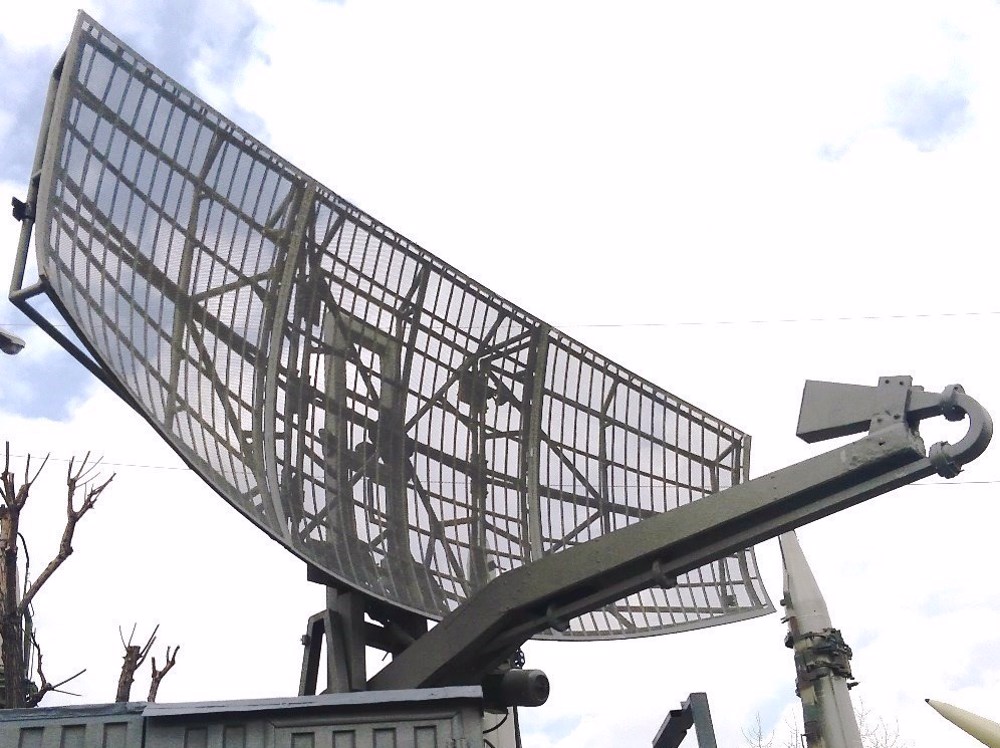
Due to its long range and advanced capabilities of Kashef-1, it has been used as a secondary warning radar and depending on the frequency used, it is capable of detecting low-flying threats such as small drones and cruise missiles.
The radar system possesses the ability to simultaneously detect over 100 and track 20 targets, and it also has electronic counter-countermeasures (ECCM) to counter enemy jamming.
The new generation of this radar was the Kashef-2, with an improved range of 200 km, the ability to track a larger number of targets and less power consumption.
Kashef-2, unlike its predecessor, uses a three-part grid parabolic reflector with lower mass and power consumption, is more resistant to wind, as well as simpler and faster to activate.
Matla-ol-Fajr
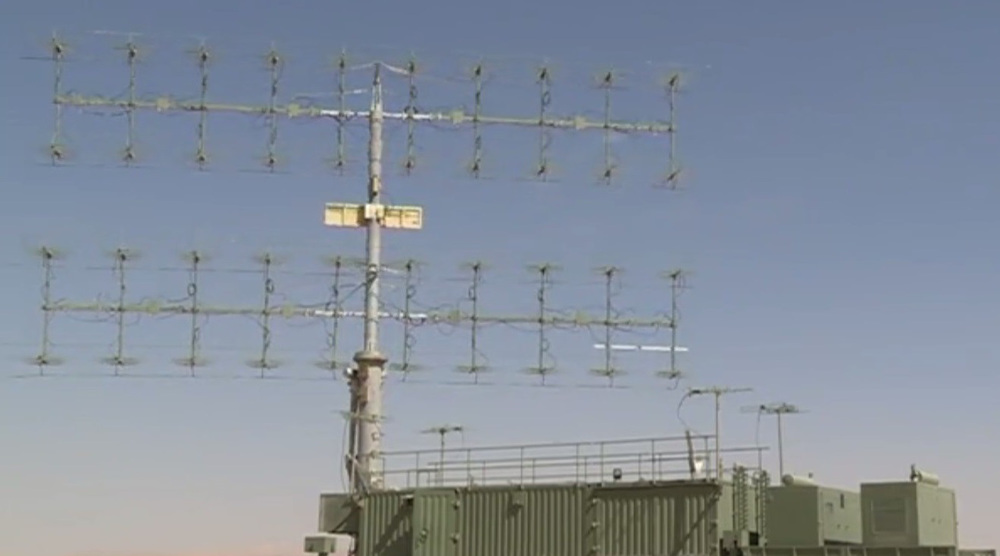
The Matla-ol-Fajr very high frequency (VHF) 3D early warning radars have three generations, with the first introduced in 2010, the second two years later, and the third in 2016.
Matla-ol-Fajr-1 covers a range of 300 km and an altitude of 20 km, can detect 100 targets simultaneously, has the ECCM, and contains 12 Yagi antennas arranged in two rows.
The next generation, Matla-ol-fajr-2, has 32 Yagi antennas arranged in four rows and an improved range of 480 km, and the latest generation has 40 Yagi antennas and a range of 500 km.
The advantages of these radars are the mobility of all components mounted on a trailer, compatibility with the integrated air defense network, the ability to work in all weather conditions, and ease of use and maintenance.
Furthermore, they use two separate channels that enhance radar performance stability and high reliability in monitoring targets, as one continues to work if the other goes down.
Alim
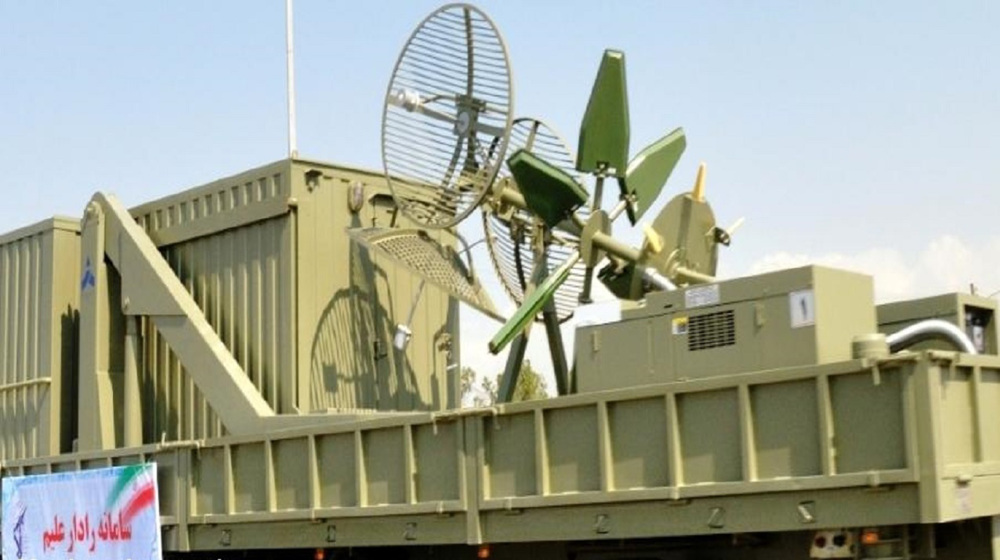
First shown in 2011, Alim is Iran's first passive radar. Unlike active radars, it doesn't send out pulses of its own and detects and tracks targets by processing reflections from ambient signals, which makes it immune to anti-radiation missiles.
The lesser number of components compared to other radars, like lacking a transmitter and movable mechanical parts, makes it easier to operate and hide.
Alim is also a fully mobile system, mounted on a trailer, with a range of 250 to 300 km and capable of tracking low-flying targets, including stealth cruise missiles.
Najm
Najm-802 is Iran's first active electronically scanned array (AESA) 3D mid-to-long range radar, the prototype of which was presented at the 2011 Exhibition of Defense Achievements.
This radar was developed and produced by Shiraz Electronics Industries (SEI) and its phased-array antenna includes 5,120 receiving and transmitting modules arranged in 64 rows and 80 columns, operating in the S-band.
The relatively large Najm-802 radar is placed on a trailer and moved by a truck, while its processing and control components are placed on another vehicle.
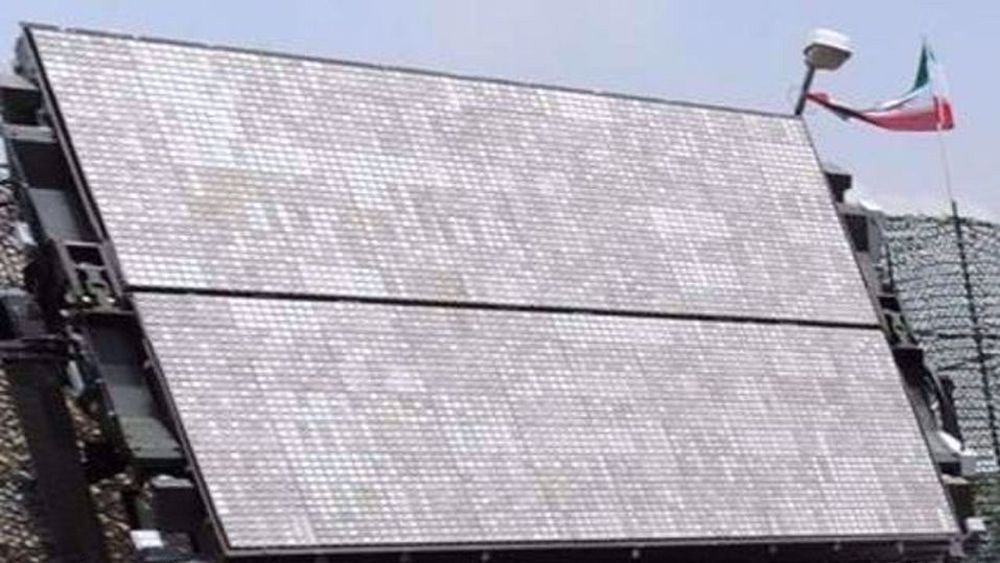
Its design is similar to the highly advanced Russian 67N6E Gamma DE radar, as well as the Chinese Type-305B radar.
As with those cases, the antenna consists of two rectangular parts that are separated while moving on the trailer, and in standby mode, these two parts are connected together and create a large screen.
Najm-802 can detect targets with medium range and track targets by track while scan (TWS) method in searching mode. It can track targets simultaneously in medium range by radar resource management and digital beam forming (DBF) in tracking mode.
The precise range has not been published, but it is estimated at hundreds of kilometers. The radar is also equipped with advanced ECCM capabilities.
In 2019, possible new generations were shown, Najm-802B and Najm-804, both dimensionally reduced radars with a maximum range of 150 km.
Although Najm-802 was initially associated with the Bavar-373 long-range air defense system, it was later found that it uses the Meraj-4 radar.
The Najm-802B has so far been seen in cooperation with the Talash and Arman air defense systems, and the Najm-804 with the 15 Khordad system.
Samen & Shahab
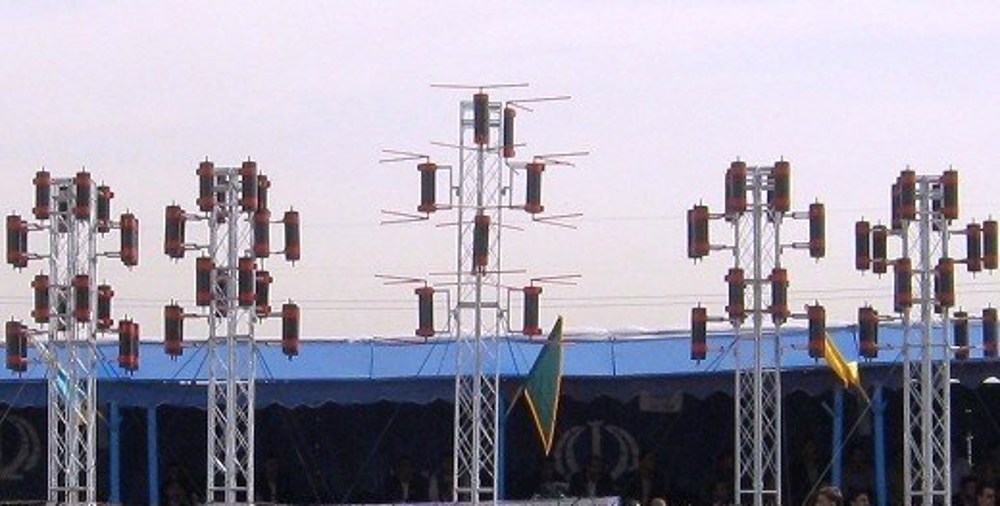
Samen is a VHF radar, the namesake of Iran's weather radar, unveiled during the 2012 military parade in the Iranian capital alongside the similar Shahab radar.
Both radars are capable of detecting targets with a very low radar reflection, such as stealth aircraft and micro drones, and although classified as medium-range radars, they are used extensively in border areas.
In 2019, Samen detected an American RQ-4A Global Hawk over Iranian territorial waters, after which it was shot down by the 3 Khordad air defense system.
Asr
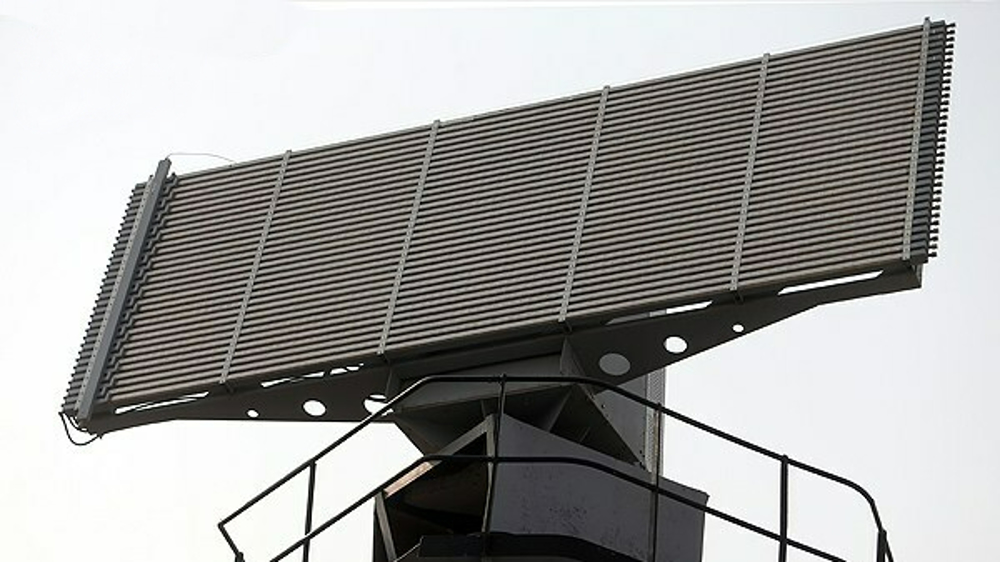
Asr is an S-band 3D solid-state phased array radar, unveiled in 2013, capable of detecting up to 100 targets with an RCS of 4 m² at a range of 200 km.
It is suitable for operating in marine environments and in different weather conditions and is therefore used by both the Iranian Army and Navy.
Due to the use of sophisticated technologies and digital processors, the radar components are relatively small in size and can be easily mounted on warships.
The Asr radar was installed on the Mowj-class frigate Jamaran in 2014, replacing the older Plessey AWS-1 radar.
Arash
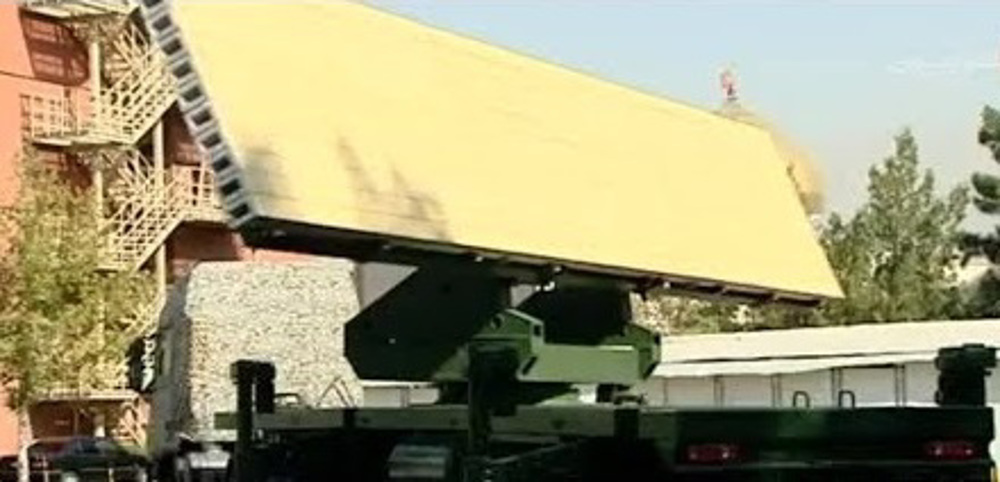
Arash radars have at least two generations, introduced in 2013 and 2014, and another one in 2019, when a much different, larger Arash system was unveiled.
According to Iranian military officials, Arash-1 complements the country's radar capability in all VHF, UHF and HF bands. It is a fixed-type radar with an estimated range of 400 km.
Arash-2 is a solid-state L-band 2D radar capable of detecting up to 200 targets within a 450 km radius and at altitudes up to 30 km, upgraded based on advances in research and electronic warfare.
Unlike its predecessor, it is a mobile radar mounted on a trailer, has a peak power of 40 kW and its operating frequency is 1200 to 1400 MHz.
Its advanced processor is used to add to the ECCM capabilities and pulse coding.
Alam-al-hoda
Alam-al-hoda was first seen in 2014 at an exhibition of the achievements of the IRGC Aerospace Force. It operates in the VHF band and has high capability and has high capability of detecting and tracking targets with a low RCS.
It consists of two main parts, horizontal and folding vertical, which are both long and are transported mounted on a trailer.
The high height of the vertical part enhances its ability to detect targets at low altitudes and increases its effective range.
Fath-2
Fath-2 was first mentioned as being used in military exercises in 2014 and was first observed in a folded state on a trailer at a military parade in 2019.
Its configuration is similar to the Matla-ol-fajr radars and due to the antenna dimensions, the radar appears to operate in wide frequency bands, giving it a high ability to detect low RCS targets.
Hafez
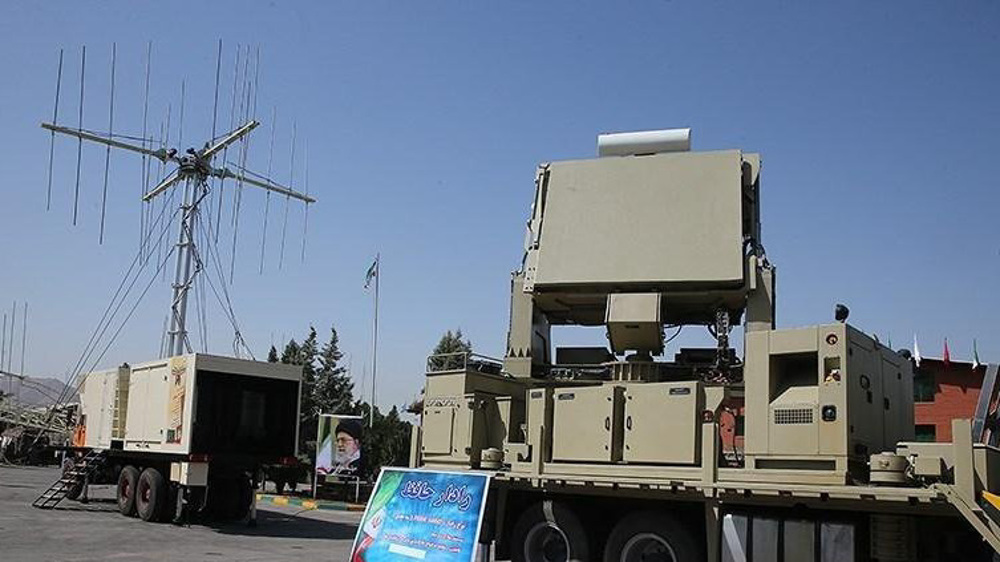
Hafez is a 3D phased array radar capable of simultaneously detecting 100 targets within the range of 250 km, whose production line was inaugurated in 2014.
It is a truck-mounted system and its antenna shifts from the horizontal to the operating position by two hydraulic jacks located on both sides.
The radar is completely tactical and has a 24-hour operational capability, as well as ECCM and TWS capabilities.
Hafez is compatible with the Mersad medium-range air defense system, whose Shahin and Shalamcheh missiles have a range of up to 45 km.
Keyhan
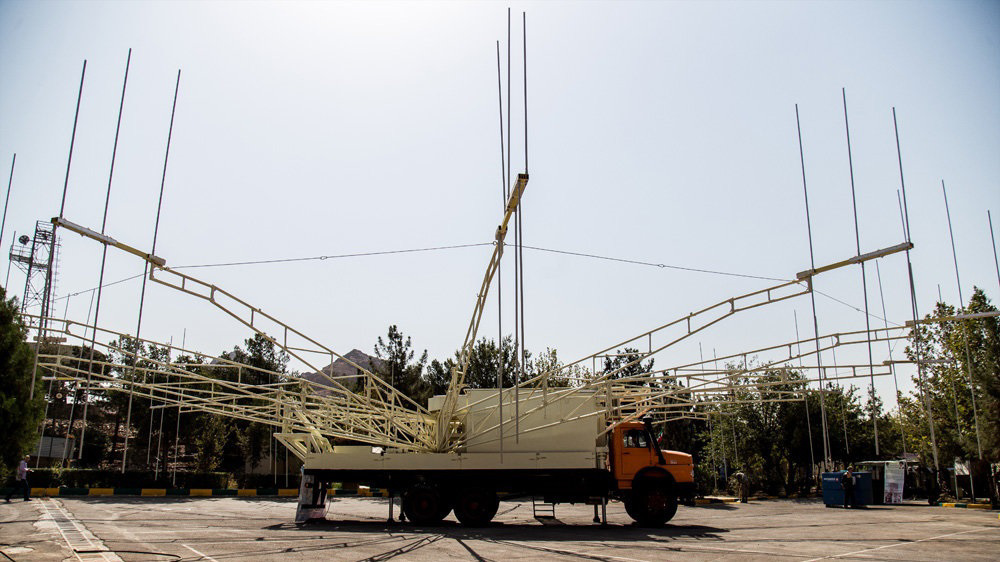
Keyhan is an over-the-horizon radar (OTH) 2D radar with a range of hundreds of kilometers, unveiled at the ceremony in Tehran in 2014, and used as an early warning system.
The radar is mobile and contains a radial configuration of folding antennas mounted on a truck, and operates in the HF range, a combination that makes it unique in the world.
According to the country's defense officials, it is a tactical radar designed to detect a large number of targets over long distances.
Qadir

Qadir is an OTH 3D radar with a maximum range of 1,100 km and a maximum altitude of 300 km, first mentioned at military exercises in 2011, and put into service in 2014.
It consists of a set of antennas mounted on a high metal mast and four peripheral perpendicular phased array panels around it, making the ground plan shape of a square.
The central mast has Yagi antennas used in long wavelength radars.
Each of the four sides has a 90-degree cover and is 44 meters long and 20 meters high, containing 128 antennas arranged in 8 rows and 16 columns, or a total of 512 antennas of this type.
Qadir operates in the HF, VHF and UHF bands that are used to targets over long distances.
These frequency bands are less accurate than shorter wavelengths but achieve a very high range, performing well the role of early warning.
To date, at least eight of these bulky Qadir radars have been installed on mountain peaks across Iran.
Nazir
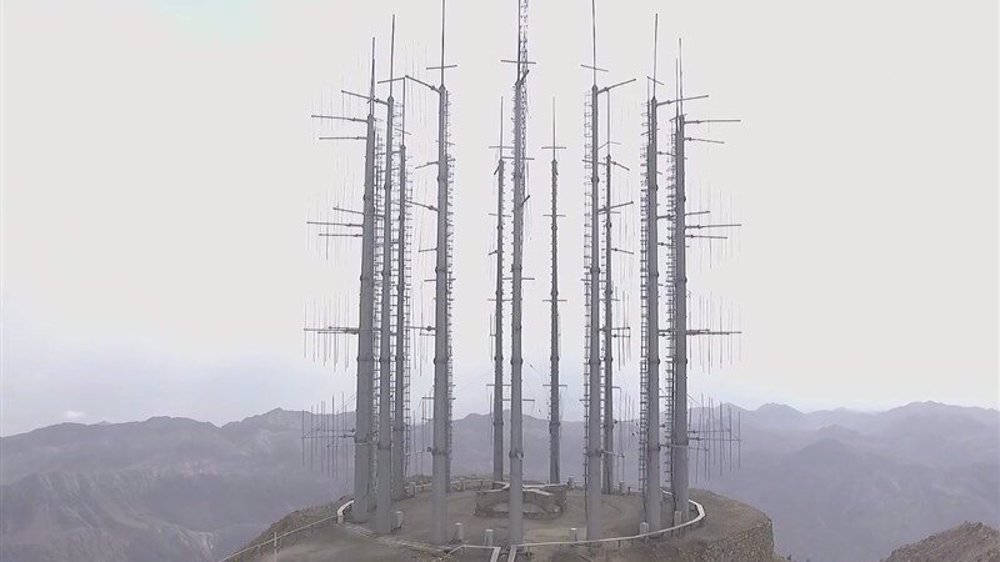
Nazir, first introduced in September 2015, is a fixed and stationary OTH high-resolution radar capable of detecting targets within a range of more than 800 km and up to 30 km in altitude.
It is installed on a circular platform on a mountain peak in the east of the country and consists of 15 tall metal masts around the edge, each with 4 Yagi antennas, or a total of 60.
The radar is capable of detecting a variety of targets with low RCS, as well as detecting and tracking ballistic missiles, and it has ECCM capabilities as well.
A second radar station of this type, called Halij-e Fars (Persian Gulf), was unveiled for the first time in 2020 in southern Iran.
Bina
Bina is a 3D high-resolution control radar, unveiled in 2015 together with Nazir, about which there is not much information and technical details available.
According to military officials, it has great ability in the detection and identification of potential targets with low RCS and is also capable of fully combating electronic warfare and locating stealth targets.
In 2019, Iran's Air Force commander attended the Bam radar site in the southeast of the country to evaluate the operational performance of the Bina radar system.
Fath-14
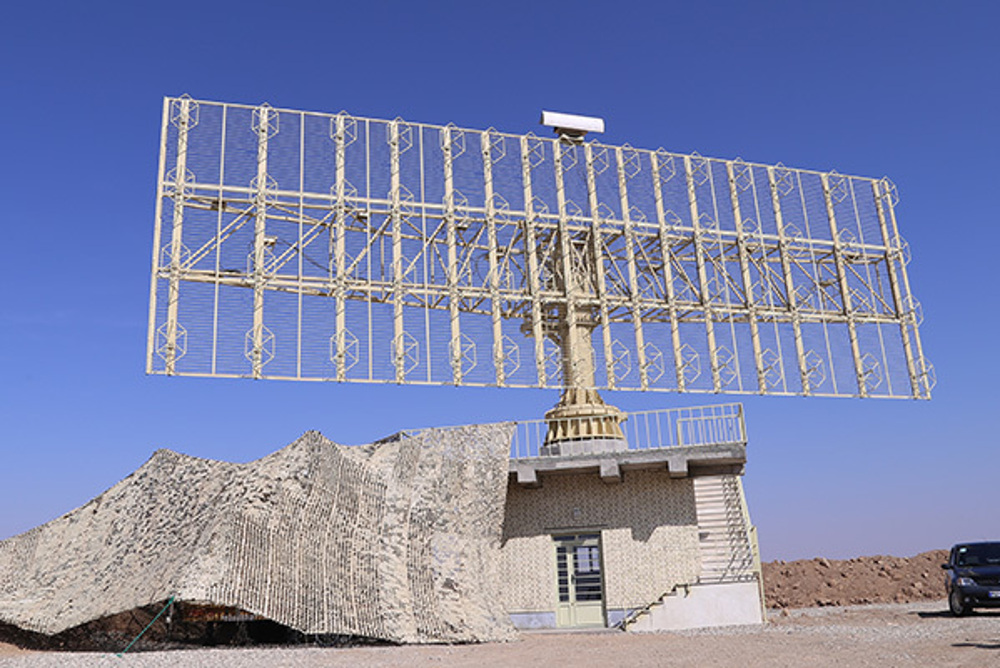
Introduced in 2015, the Fath-14 is a long-range solid-state VHF radar that covers a range of 600 km, thereby strengthening the early warning component of the national air defense network.
It was developed by SEI, operates with a peak power of 24 kW, is capable of tracking over 40 targets and uses at least five specific ECCM techniques.
The radar has 64 zig-zag Kharchenko antenna modules arranged in 4 rows and 16 columns, forming a rotating array panel placed on a stationary radar facility.
Qamar
Qamar is a 3D search and control radar system capable of detecting over 100 targets within a 450 km radius, developed by the SEI and mentioned by officials at the end of 2015.
Neither photos nor advanced technical specifications of this radar are available.
Meraj-4
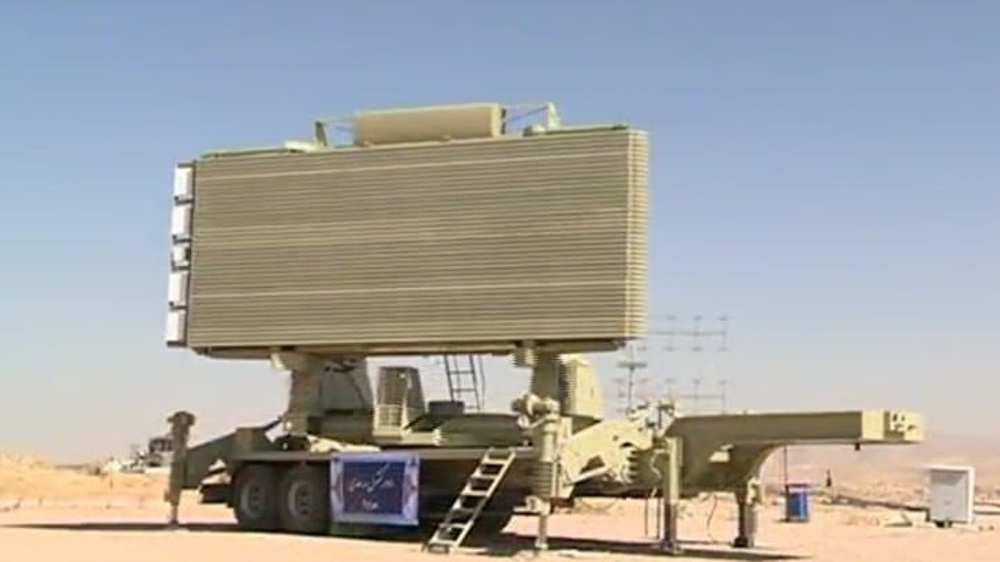
Meraj-4 is an S-band 3D AESA radar with a bandwidth of 250 MHz, developed and produced by SEI, first revealed in the Iranian media in 2014 and officially unveiled in Shiraz in September 2016.
The radar's trailer-mounted slotted planar array is made of 40 rows of waveguides, rotates from 3 to 6 times per minute and can detect around 200 targets of speed up to Mach 3, at an altitude of 100 m to 25 km, and at a distance of up to 450 km.
Its function is to control large swathes of airspace in over 636,000 square kilometers, providing information to sister systems in its vicinity, including the Bavar-373 air defense system.
The antenna is operational at temperatures from -30 to +55°C, at altitudes up to 3000 m, air humidity up to 95 percent, and maximum wind speed of 20 m/s, and four radar crews install it in half an hour.
Its electronic counter-countermeasures (ECCM) capabilities include burn through, sidelobe blanking (SLB) and sidelobe cancellation (SLC), frequency hopping, pulse repetition frequency (PRF) jitter, jamming analysis transmission selection (JATS) and lowest side lobe level (LSLL) antenna.
Bashir
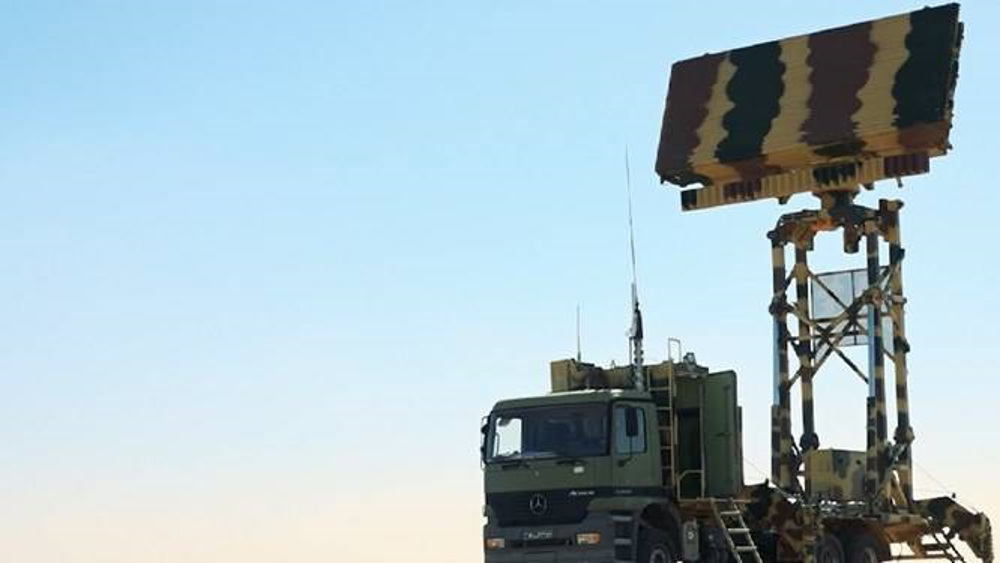
First showcased at the 2017 exhibition, Bashir is a 3D phased array radar capable of detecting a wide range of targets, including flying, cruise, and stealth targets, within a 350 km radius and at altitudes up to 30 km.
The radar system is mobile, set up on a truck together with other subsystems, and the phased array antenna is mounted on a 7 m high foldable turret.
The antenna shape reveals that the radar uses smaller wavelengths like L and S bands, which are more accurate in target positioning than HF, VHF and UHF bands.
Bashir is compatible with the road-mobile mid-range Tabas and 3 Khordad air defense systems whose Sayyad-2 missiles have a range of up to 200 km.
The radar also has an export version, offered at the Doha International Maritime Defence Exhibition & Conference (DIMDEX) this year.
Moraqeb
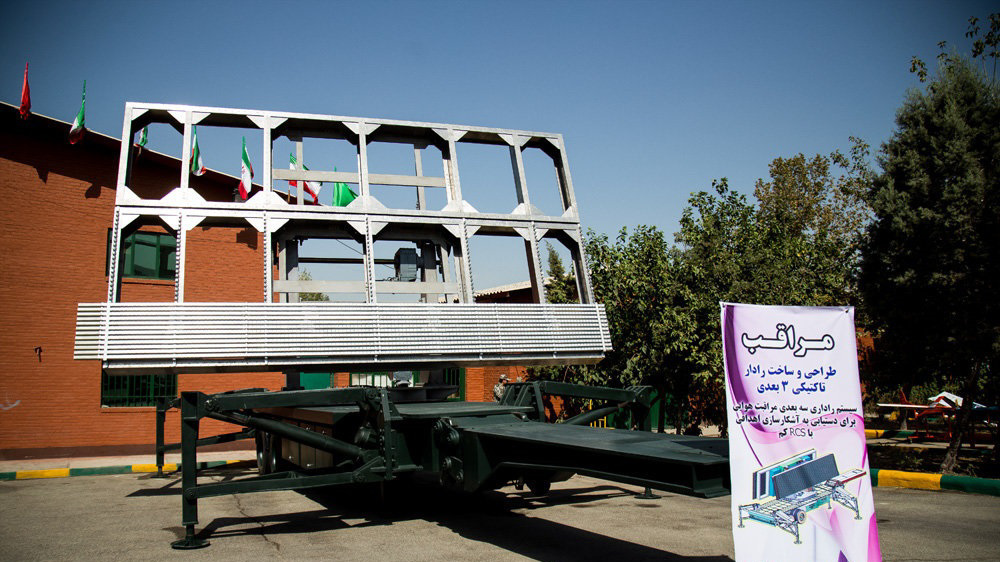
Moraqeb is a 3D phased array radar capable of identifying 300 targets at a range of 400 km, first showcased in 2015 and put into operational service in 2020.
It is a mobile, trailer-mounted system, about which data is lacking, and official sources describe it as a radar with high precision and resolution, capable of identifying various small targets, including stealth drones, at low and medium altitudes.
The radar has been developed by the country's air defense forces with the cooperation of local knowledge-based companies.
Alborz

Alborz is a 3D phased array radar able to track 300 targets simultaneously at a range of 450 km, as well as to identify targets at low altitudes.
It was unveiled in September 2021 and according to officials, the radar is capable of detecting and tracking long-range stealth targets and other hostile aircraft with low RCS.
Its trailer-mounted rotating array panel is significantly wider than many other Iranian radars and contains 12 rows of waveguides, similar to the narrower Arash-2 radar system.
There is a possibility that Alborz is a continuation of the development of the latter radar and is related to the Arash radar introduced in 2019, which also has a similar width and the same number of waveguides.
Quds
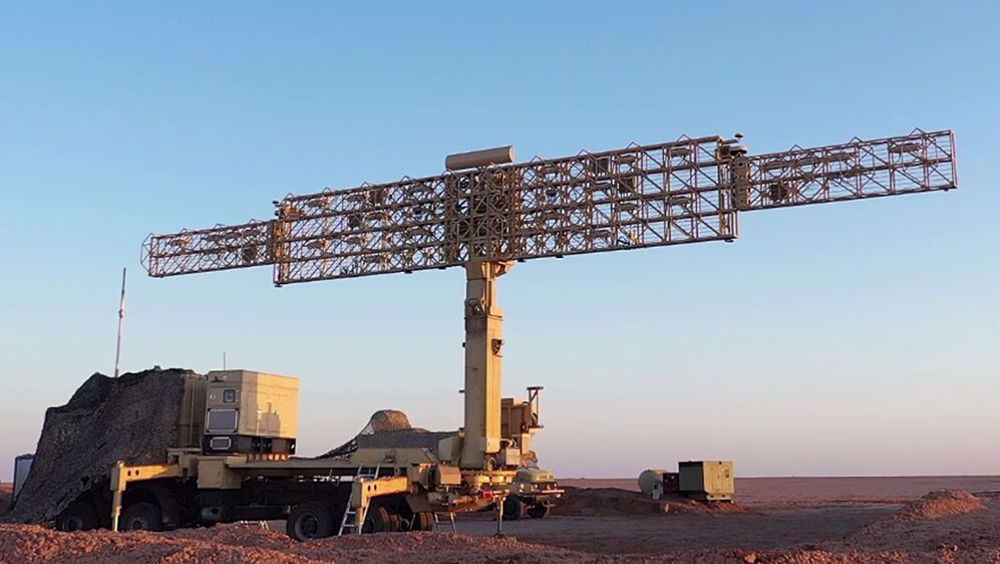
Quds is a solid-state digital VHF 2D radar able to detect targets at a 500 km range and altitude of 30 km, unveiled and tested in 2021 during the IRGC's military exercises Aseman-e Velayat 1400 (Defenders of Velayat Skies 1400).
It is similar in design to the Belarusian Vostok radar and therefore there is a possibility that it is the result of bilateral development, but it has a longer range along with a few visible differences.
A truck-mounted radar uses biquads as radiating elements with a fairly wide beamwidth, domestic software, the ECCM in various techniques, and an identification, friend or foe (IFF) system.
Sepehr
Sepehr is an OTH radar with a maximum range of 3,000 km, making it the country's longest-range radar. The project was first mentioned in 2014 and near-full commissioning was announced in 2022.
The configuration of this early warning system is similar to the Qadir radars, with four large perpendicular phased array panels, but with larger dimensions.
Once put into service, the radar will cover airspaces of all of its neighbor countries in West, Central and South Asia, as well as vast parts of Northern Africa, Eastern Europe and the Indian Ocean.
Press TV’s website can also be accessed at the following alternate addresses:
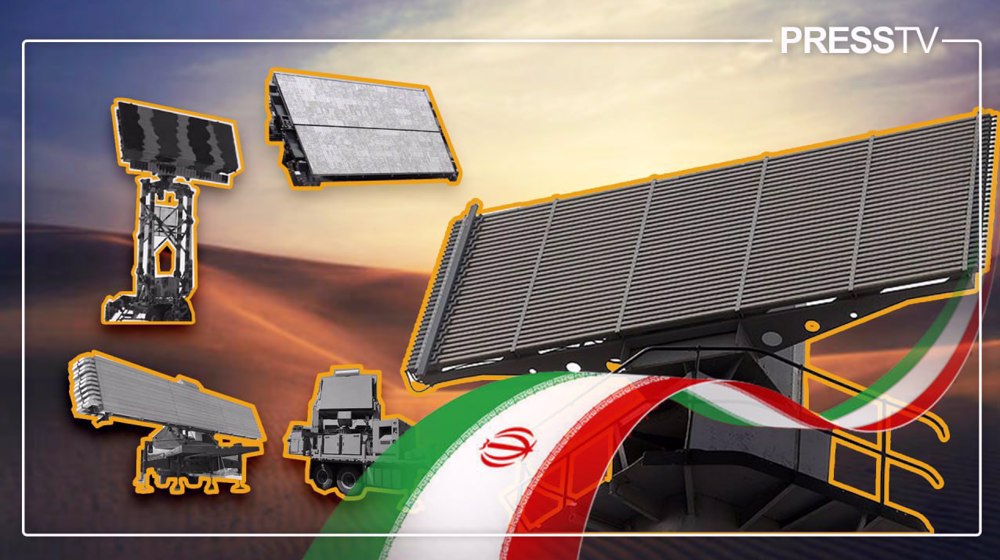
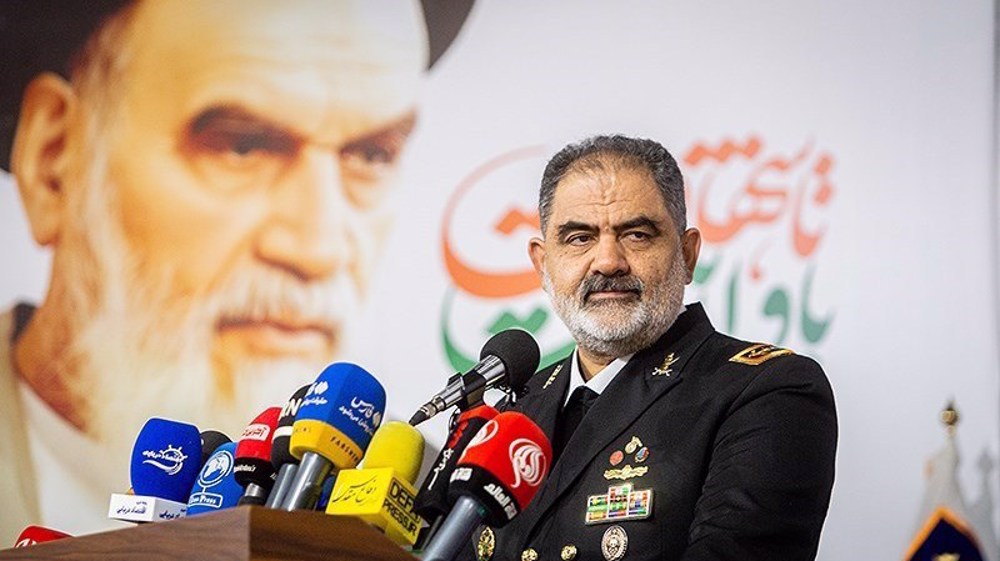
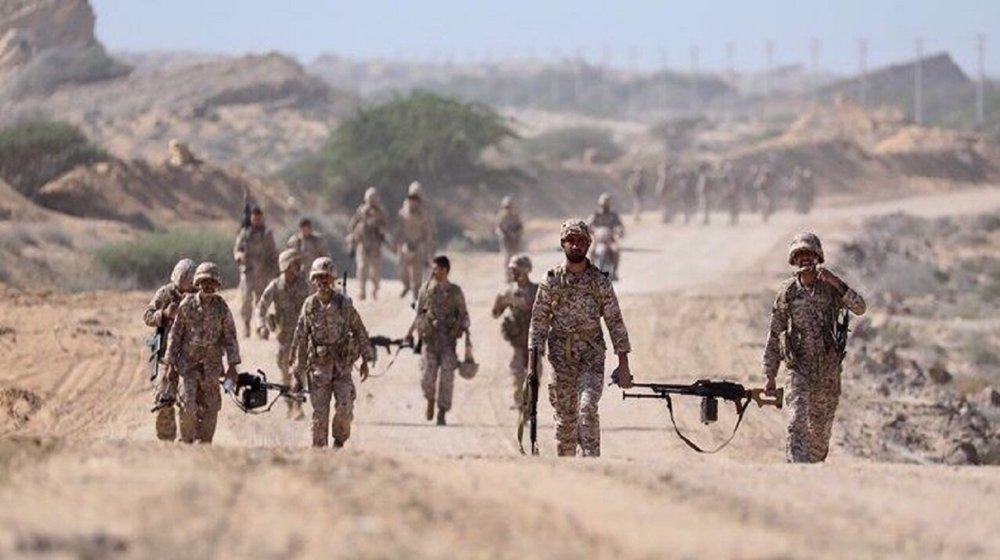
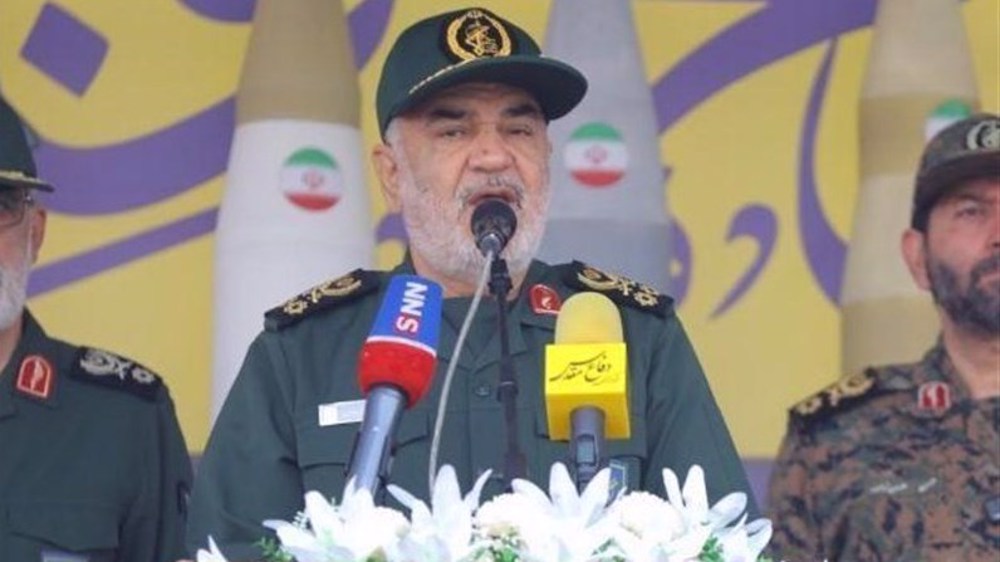



 This makes it easy to access the Press TV website
This makes it easy to access the Press TV website